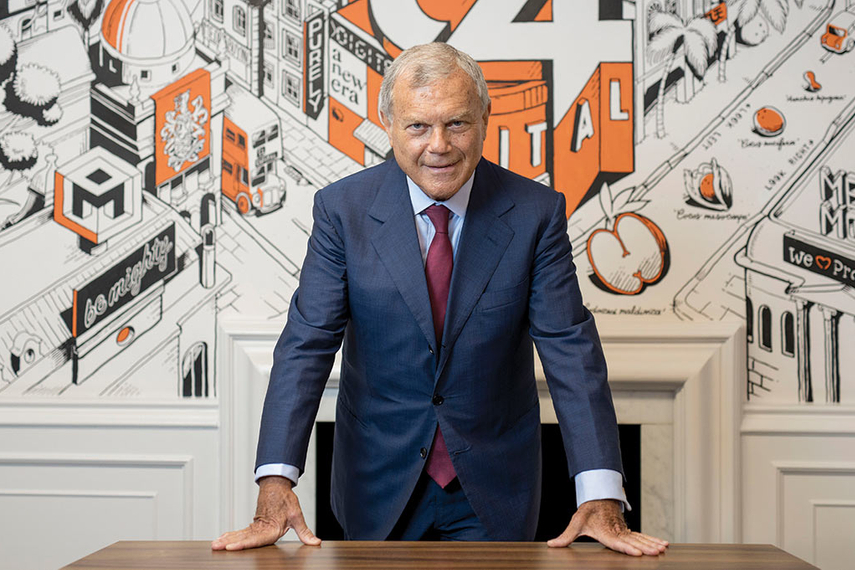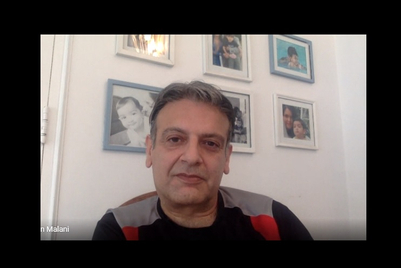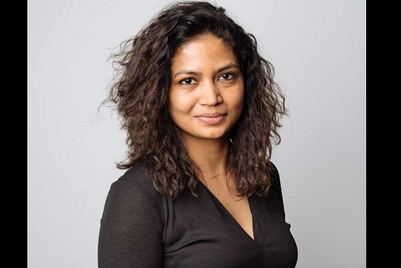Speaking at the Indian edition of Asia Loopers, Sir Martin Sorrell, founder and executive chairman, S4 Capital, “cautioned” the West as he claimed India (and China) are on their way to becoming the creative and technical hubs of the world.
He said, “If you look at all the technology developments, whether it’s AI (artificial intelligence), AR (augmented reality) or VR (virtual reality), they can be applied very effectively in the Indian environment. India will soon have 1.4 billion people. Add those to the 1.4 billion people in China, and that’s a total of almost 3 billion people. They will inevitably be the providers of technology and creative talent. In the West, whether it’s London, Paris or New York, we think we are the centre of creativity but I believe we need to watch out because things are moving very quickly.”
Sorrell explained that India’s advantage was leapfrogging the era of laptops and computers straight to the smartphone era.
“Brands like Oppo and Xiaomi are produced at scale efficiently and at low prices. Mukesh Ambani (chairman and MD, Reliance Industries) spent a huge sum on India’s 4G infrastructure and then launched his services for free. Brands, then, competed with a local player that didn’t charge the consumer anything until it established a position in the market and began building revenues. This just shows that there are bags of opportunities in markets like India,” said Sorrell.
He added, “India is still underappreciated when it comes to recognising creative talent. Piyush (Pandey) is one of those who are appreciated, but there are others, too, getting there in terms of creative talent.”
S4’s strategy in India
On the journey so far, Sorrell said, “It (India) remains a major part of interest. We want to grow our business in Asia because of countries like China and India. We are expanding further in China, but the structure there is slightly different. Our India process started when we hired
Poran Malani from WPP who built studios in Bengaluru for major clients. We started small and have now developed our media operations. We think the market isn’t transparent right now and see an opportunity there. Having said that, it’s not as opaque as Japan. Our model at S4 is all about transparency; we know that clients remain suspicious about what agencies do and how they generate revenues and rebates in the media space. We will grow organically in India.”
Sorrell also believes that the growth of economic power in these countries will result in the growth of political power, with S4 needing to have equal weightage here.
He added that S4 is purely a digital company and going where the growth is.
“There are two worlds – the traditional one which sees less or no growth, and then digital which is booming. I think PM Narendra Modi has been really good for brand India, but there have been a few challenges during his time, especially around Covid,” he said.
On the impact of Covid for S4, “We have 350 people in India. We had to deal with it and get them vaccinated. During the 15-18 months of Covid globally, we had 30 reported cases across our network but a significant number of those came from India. Sadly, a number of our people lost family members.”
During the conversation, Sorrell also spoke about his early visits to India, which started during his time with Saatchi & Saatchi.
“I visited India for the first time while I was with Saatchi & Saatchi, sometime before 1985. I seriously started going there in 1987 that’s when we did the so-called hostile takeover of JWT,” he said, before stating how he believed the brand was made defunct because of the merger with Wunderman.
"In 1987, we had another so-called hostile transaction, Ogilvy. Together JWT and Ogilvy built strong businesses in India. And so, it was really important for us. I started taking India (as a market) very seriously when I joined WPP. At its peak, it had 50% of the market share. Along with JWT and Ogilvy, we had Kantar, Grey, Y&R and other operations too. At its peak, we had 15,000 people at WPP in India. The last time I was in India was about six months before the pandemic. Since then I’ve done loads of virtual events. It represents one of the major resources of tech and creative talent. We are building a big business with Poran and Robby (Robert Godinho, founder and CEO, WhiteBalance). We are on the path and building our market, but it’s difficult to get the 50% market share," he surmised.






.jpg&h=334&w=500&q=100&v=20250320&c=1)
.jpg&h=334&w=500&q=100&v=20250320&c=1)



.png&h=334&w=500&q=100&v=20250320&c=1)
.png&h=334&w=500&q=100&v=20250320&c=1)

.jpg&h=268&w=401&q=100&v=20250320&c=1)



.jpg&h=268&w=401&q=100&v=20250320&c=1)


